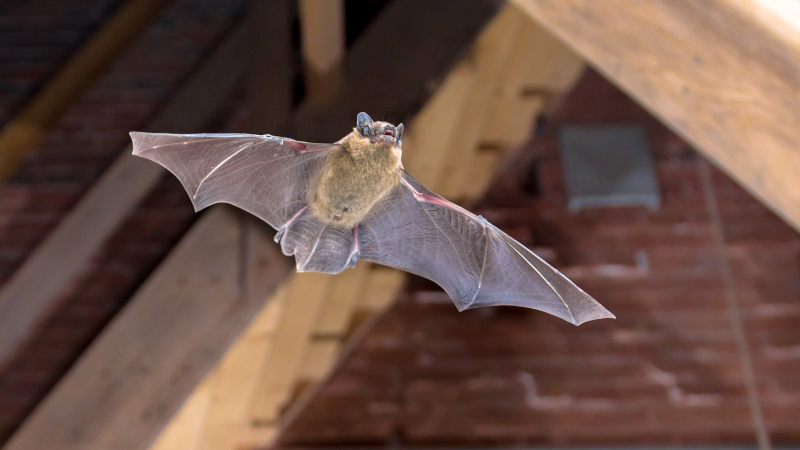Signs There's a Big Pest in Your Attic Can Be Fun For Anyone

The Greatest Guide To Animal Noises in Attic - Hearing Scratching - Michigan Wildlife
Information About How To Tell What Kind of Animal remains in My Attic 2nd clue is the. Analyze the exterior of your home, particularly around the eves, vents and roof, and you'll find the entry holes. If it's a large hole with damage, like a torn open roofing system or a broken eave, that's a raccoon! If it's a hole maybe 2 inches in diameter with chewing around the perimeter, that's squirrel.

How to Tell What Type of Animal Is In Your Attic - Covenant Wildlife
Read more about inspecting your house for animal holes to identify the sort of wildlife entering the structure. There may be other ideas on your house or at the entry hole, such as footprints, hair, and so on. Third, the examination in the attic is the real clincher. There you will find different proof, most notably, you can.

How do wild animals in an attic damage insulation?
This site has numerous images of all the various animal feces. Look at pictures of Raccoon Feces, or Squirrel Feces, or Rat Feces, or Mouse Feces, or Bat Waste. You can also look at the left in the dust in the attic. Examine nearly any surface area not covered by insulation, and there must be a layer of dust with animal tracks.
All about Having A Cute Little Animal In Your Attic Is Fun, Right?

Raccoons are infamous for this. Rats and mice leave brown grease marks in locations of heavy travel too. The infographic to the left reveals what numerous animal tracks look like. Though truth be informed, it's most likely uncommon that an amateur will find and identify tracks properly. Lastly, you can look at the such as chewing.

What to do when there's raccoons in the attic - Kansas Pest Control
But a duct entirely wrecked is the work of a raccoon. Big amounts of plant particles in one spot is typically from squirrels. Click on this link for images of animal damage in the attic to help you recognize what critters you have up there. If you have experience like me, you will actually know right now by the smell in the attic! Each animal has a trademark fragrance.
Seldom will you actually see the animals in the attic. Also Found Here happens for me less than 5% of the time. The majority of the time the animals will crawl down a dark wall or under insulation, or in the shadows, and remain very still. But when you read the signs, it's simple to identify what animals you have.
